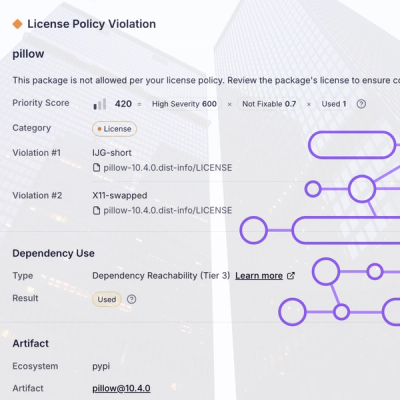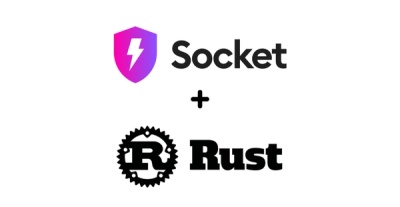
Research
/Security News
Critical Vulnerability in NestJS Devtools: Localhost RCE via Sandbox Escape
A flawed sandbox in @nestjs/devtools-integration lets attackers run code on your machine via CSRF, leading to full Remote Code Execution (RCE).
CanvasOauth is a mountable engine for handling the oauth workflow with canvas and making api calls from your rails app. This is tested with Rails 3.2, we'll be looking at verifying with Rails 4 soon.
The current version of this gem relies heavily on being able to access the user session. Since LTI apps generally run in an iframe inside the LMS, this means that tools using this engine MUST run on the same root domain as the LMS they are plugging into. This is obviously not ideal, and we will be working to remove this limitation in the future.
Add the gem to your Gemfile with the following line, and then bundle install
gem 'canvas_oauth_engine', :require => 'canvas_oauth'
Then, mount the engine to your app by adding this line to your routes.rb file
mount CanvasOauth::Engine => "/canvas_oauth"
Next, include the engine in your ApplicationController
class ApplicationController < ActionController::Base
include CanvasOauth::CanvasApplication
...
end
After that, create an canvas.yml file in your config/ folder that looks something
like this (or see config/canvas.yml.example for a template):
default: &default
key: your_key
secret: your_secret
development:
<<: *default
test:
<<: *default
production:
<<: *default
The values of key and secret should be set from the developer key that you generate in the canvas application.
Finally, run migrations:
bundle install
bundle exec rake railties:install:migrations
bundle exec rake db:migrate
This will create the canvas_oauth_authorizations table which stores
successful oauth tokens for later use, so the user does not have to accept the
oauth login each time they use the app.
The engine only uses one url, whatever it is mounted to, to serve as the
redirect_url in the oauth workflow.
The engine sets up a global before_filter, which checks for a valid oauth
token, and if one does not exist, starts the oauth login flow. It handles
posting the oauth request, verifying the result and redirecting to the
application root. It exposes the following methods to your controllers:
canvascanvas_tokenThe first is an instance of HTTParty ready to make api requests to your canvas application. The second is if you need access to the oauth token directly.
You will a developer key and secret from canvas, which should be entered into
you canvas.yml file.
You can see and interact with an example of an app using this engine by looking
at spec/dummy. This is a full rails app which integrates the gem and has
a simple index page that says 'Hello Oauth' if the app is launched and the
oauth flow is successful.
TODO...
git checkout -b my-new-feature)git commit -am 'Add some feature')git push origin my-new-feature)FAQs
Unknown package
We found that canvas_oauth_engine demonstrated a not healthy version release cadence and project activity because the last version was released a year ago. It has 4 open source maintainers collaborating on the project.
Did you know?

Socket for GitHub automatically highlights issues in each pull request and monitors the health of all your open source dependencies. Discover the contents of your packages and block harmful activity before you install or update your dependencies.

Research
/Security News
A flawed sandbox in @nestjs/devtools-integration lets attackers run code on your machine via CSRF, leading to full Remote Code Execution (RCE).

Product
Customize license detection with Socket’s new license overlays: gain control, reduce noise, and handle edge cases with precision.

Product
Socket now supports Rust and Cargo, offering package search for all users and experimental SBOM generation for enterprise projects.